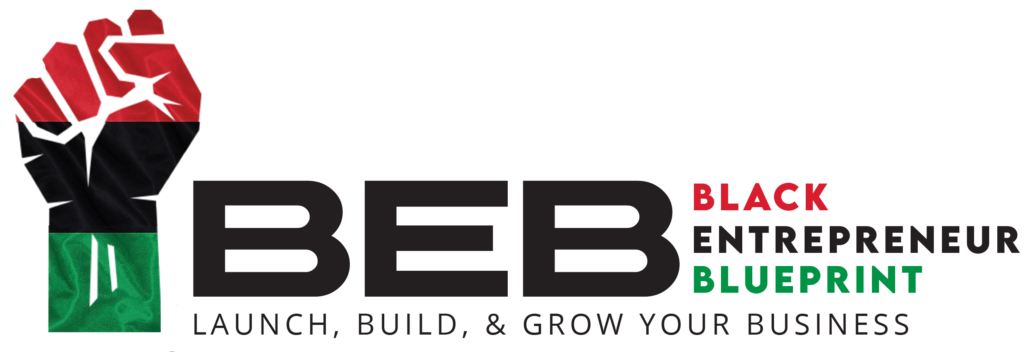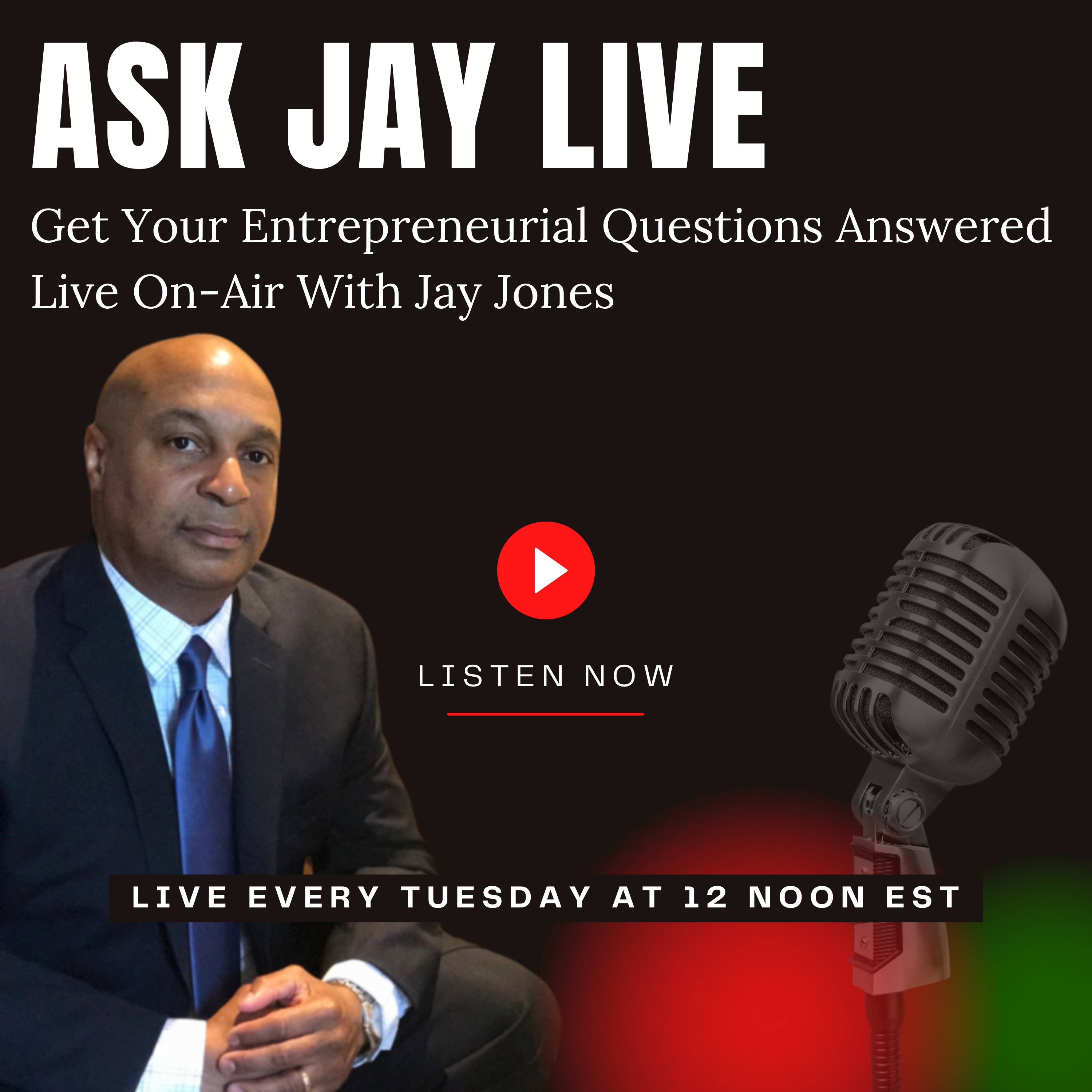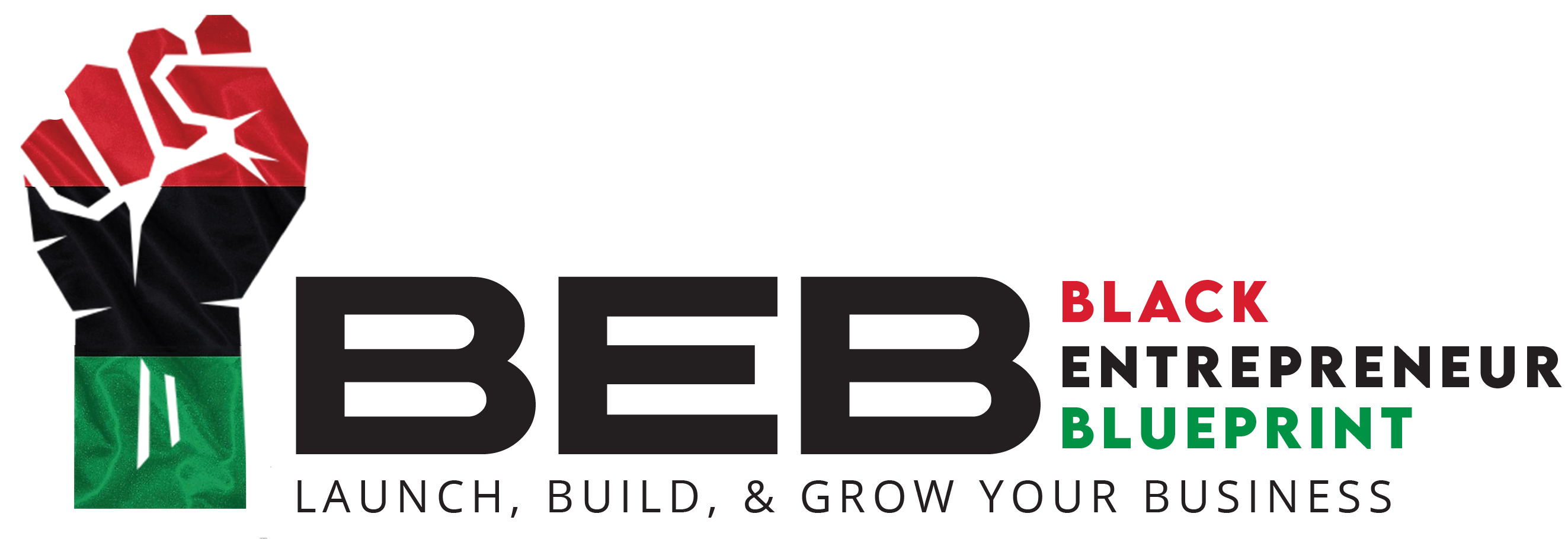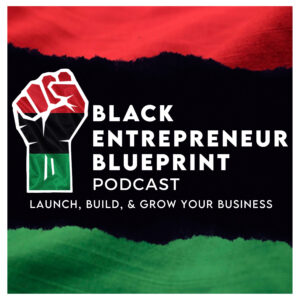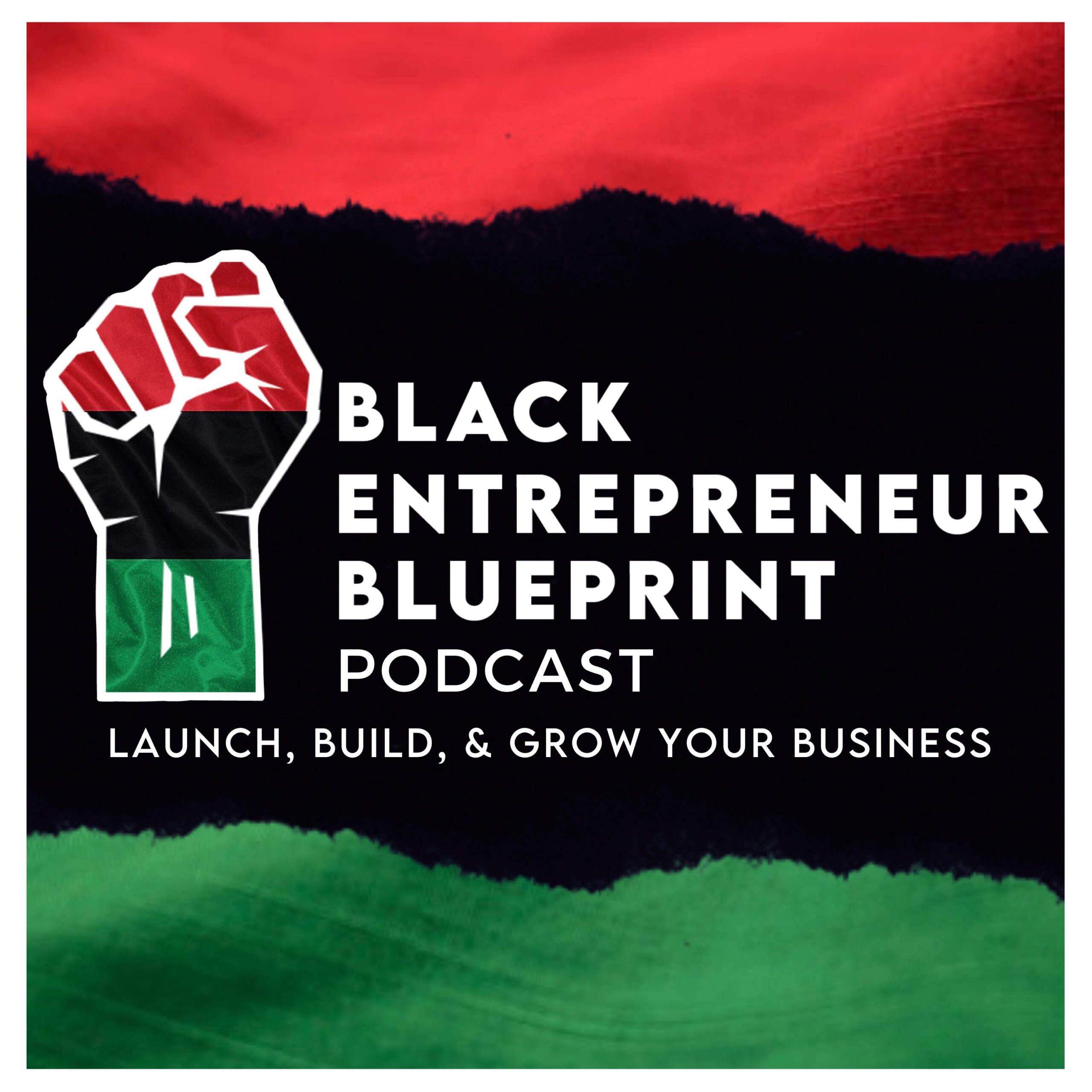Inbound marketing is one of the best ways to scale your business. Inbound marketing can transform your business and allow you to grow and scale your business to new heights systematically.
On today’s Black Entrepreneur Blueprint podcast episode # 452, Jay discusses the difference between inbound and outbound marketing and gives you several steps to implement your inbound marketing plan and scale your business.

LISTEN TO THE FULL PODCAST EPISODE
BLACK ENTREPRENEUR BLUEPRINT SHOW NOTES – EPISODE # 452
What Is Inbound Marketing?
inbound marketing is a business methodology that attracts customers by creating valuable content and experiences tailored to them. Rather than pushing ads and messages onto consumers, inbound marketing is designed to pique curiosity and engagement, and draw customers in.
Inbound marketing leverages lots of different types of content to engage and interest target audiences. These include blog posts, social media, infographics, white papers, email newsletters, e-guides, quizzes, polls, and more. Paid search and native advertising are other inbound marketing tactics that help people find and engage with marketers’ content.
Inbound marketing strategy aims to gently nurture potential customers through the marketing funnel, exposing them to relevant content and brand experiences when they are ready, gradually building brand awareness, increasing customer engagement, and pulling them towards conversion and retention. This is how the inbound funnel works:
Example: you do a google search on “best places to live in Los Angeles” and there is an article or blog post that pops up written by a real estate agent titled “The 10 best places to live in Los Angeles in 2023.” And he has a call to action like “get the free report,” schedule an appointment,” or “search properties in this neighborhood.”
The Benefits Of Inbound Marketing And Why You Should Implement It
- The Dynamic Of The Conversation Changes – When somebody reaches out to you for assistance (versus you reaching out to them), you automatically have the upper hand.
- Reduced Expenses – Targeted content designed to make people raise their hands if they’re interested. Also, as opposed to outbound marketing, you have a leaner, more focused advertising spend on inbound marketing, and your business can save money (versus outbound marketing) and get a higher ROI over time.
- Higher Credibility & Trust – When you empower customers to do their own research and find you organically, you come across as more trustworthy than an ad screaming “Buy this now.” Creating valuable content and leveraging social proof, it helps reduce the amount of risk consumers associate with your product or brand.
- Better Traffic & Leads – Inbound marketing isn’t just about creating brand awareness. It’s about drawing the right kind of leads and traffic. With a more targeted and informed approach, you’re able to attract more qualified leads who are more likely to be interested in your solutions
- Non-Invasive Form Of Marketing – You’re not interrupting people with ads or content they aren’t interested in like paid ads.
- Can Use Evergreen Content – content that is always converting like a blog post, or video with a call-to-action that is not time-sensitive (timeless). You continue to generate traffic from a single piece of content
The Difference Between Inbound & Outbound Marketing
The most conventional and older of the two types, outbound marketing is what most people think of when it comes to marketing – billboards, radio ads, telemarketing, direct mail, and TV commercials. In the digital realm, it includes banner and display ads, pop-ups, and cold email marketing. In other words, outbound marketing efforts are those advertising or marketing strategies that push information to consumers, even when they don’t ask for it.
| Inbound Marketing | Outbound Marketing |
| Pulls in interested audiences | Pushes at a general, wider audience |
| Puts the consumer at the center | Puts the brand or product at the center |
| Part of a customer nurturing funnel | One-way interaction |
| Easy to track customer engagement Online | Harder to track customer engagement Online & Offline |
| Fits naturally with the user experience | Disrupts user experience |
| Tactics: Blogs, social media, opt-in emails, search, influencer marketing, native advertising | Tactics: Display ads, billboards, telemarketing calls, direct mail, door knocking |
| Global audience, massive potential reach | Ideal for local, specific audiences |
| Focuses on high-quality content | Focuses on sales campaigns |
| Generates brand awareness for building long-term relationships | More focused on converting new users and quick sales |
| Saves money spent on marketing costs | Usually requires more money for sales campaigns |
| Content can be evergreen | Usually dated ads or content (like a hamster wheel) |
How To Implement An Inbound Marketing Campaign
- Understand where your content needs to sit – your content needs to sit on your website or on a website. You want to create evergreen content that will continue to generate leads for you without having to do a lot of work. Example: writing or paying for blog posts once a week versus doing 5 social media posts a day that gets lost in people’s feeds in a few hours. You control that piece of real estate. Example: You sell a supplement that helps people sleep and you write a blog post about the number one new sleep cure, which is your product. Now you can use social media and email to drive traffic to the post, but the content is evergreen and searchable via Google and YouTube.
- Build your own website or landing page(s) – You must own the platform where your content sits. If it’s on somebody else’s site, it can be removed.
- Use the best keywords and long-tail keywords to get organic traffic – Good evergreen content should have the best keywords to create organic traffic daily. If you use keywords and terms that people search for on a frequent basis and you write content or make videos about that content, you will start improving your organic search results. Here are several tips: get keywordseverywhere.com (Chrome plugin) and you can see the search traffic on Google for each word or keyword. Then you create content using those keywords or long tail keywords. Example: You are a Tax accountant – you can create content titled, “The best tax tips for small business owners.” In the article or video, you give tips and a call to action.
- Continue to create content on a consistent basis – Make sure you are creating the content people are searching for as it pertains to your business. Remember, to create inbound traffic and qualified leads.
- Create evergreen content – What makes more sense, creating timeless content that will continue to generate leads, or killing yourself by posting 10 times a day on social media? Remember Evergreen vs Hamster wheel. You don’t want to be on that content hamster wheel all the time
- Always have a clear call-to-action in your content – It doesn’t matter if it’s a blog post, podcast episode, or video, always have a clear and concise call-to-action. Example: call for a free consultation, download my free checklist, click here to watch the video, etc.
- Drive traffic to your content – use social media, native advertising (Taboola or Outbrain), or paid search on Google or Bing (Microsoft advertising) to drive people to your evergreen content. Example: paid IG ads to blog post
